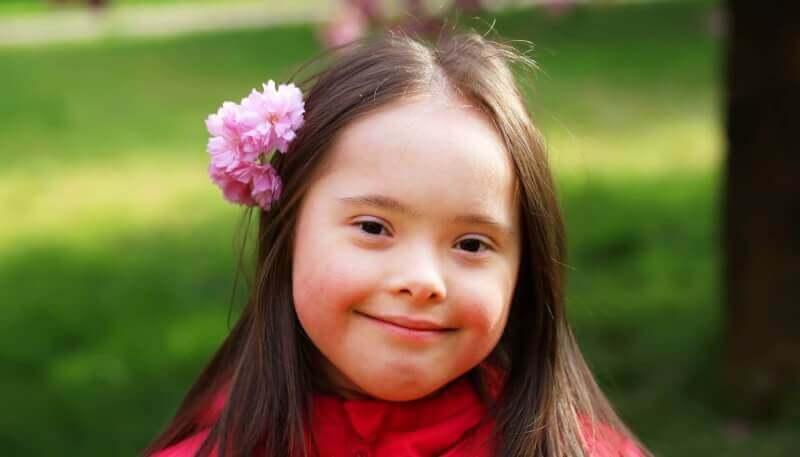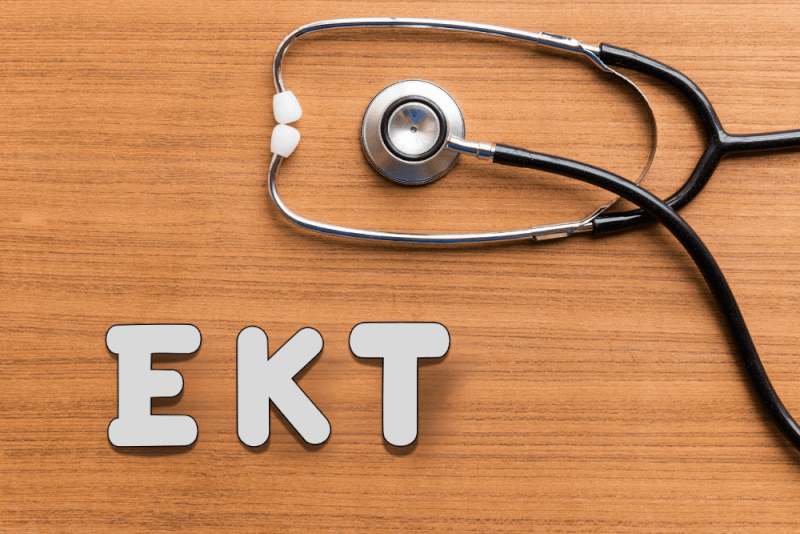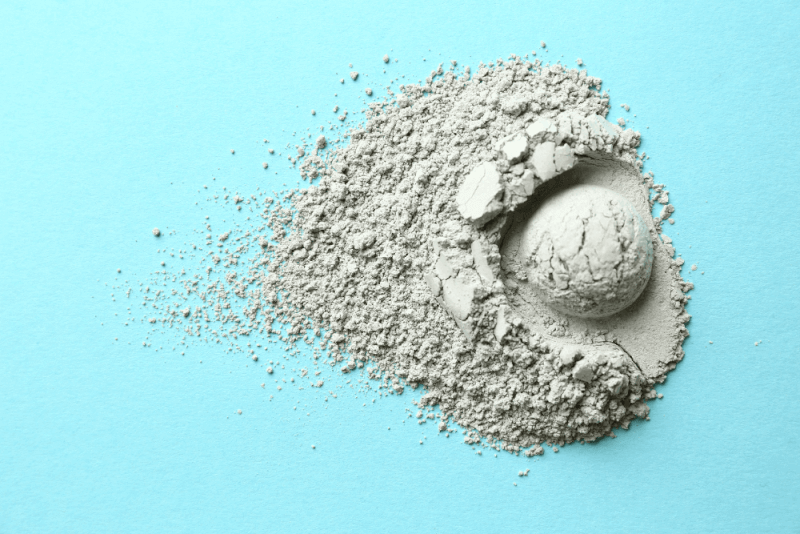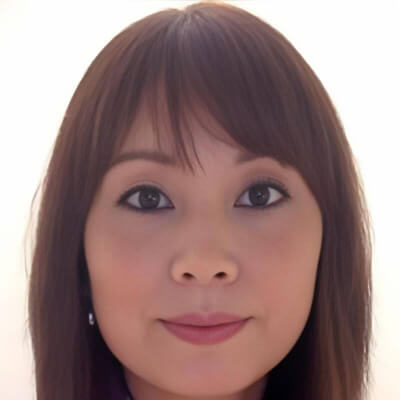Tourette syndrome, which was first discovered in 1985 by French doctor Gerard Gilles de la Tourette, is also known as tic disease or sudden yelling.
What is Tourette Syndrome?
Tourette’s syndrome, which begins in childhood, is a syndrome that patients suffer from throughout their lives. The definition of the syndrome is simply the involuntary making of sounds and movements that are repeated continuously. Patients with Tourette syndrome, one of the neurological diseases, have normal intelligence levels, but the disease has no effect on the life expectancy of the patients.
The disease, which persists throughout patients’ lives, can be suppressed in some periods and attacked in others. Although tics are not under the control of patients, the most common tics include shrugging, blinking, saying bad words, and making different sounds.
For people with Tourette’s syndrome, tics are extremely disturbing. For this reason, patients have low self-confidence and withdrawal from social life. In addition, patients may suppress their tics for a while because their tics cause misunderstandings in the society. However, suppressing tics can also cause them to flare up. For this reason, patients may develop sudden and recurrent tics.
Who Has Tourette Syndrome?
The most common age group for Tourette’s syndrome is children between the ages of 4 and 6. Apart from this age group, the first symptoms are also observed in children between the ages of 10 and 12. If the first symptoms appear in this age range, the severity of tics is higher. The clinical findings show that the severity of the syndrome decreases in ¾ of the patients with the end of puberty. In adulthood, severe tics are rarely encountered. In addition to being a hereditary disease, Tourette syndrome is more common in women than in men.
How is Tourette Syndrome Diagnosed?
Tourette’s syndrome has no pathological findings and therefore imaging methods are not used to diagnose the disease. In addition, no indicators are available for other laboratory tests. Therefore, clinical findings are used to diagnose the disease. The clinical findings that physicians particularly emphasize are the following.
- The tics persist for more than one year,
- Coexistence of both simple and complex tics in patients,
- The patient is under 18 years of age,
Causes of Tourette Syndrome
Although the causes of Tourette syndrome have not been definitively identified, it is thought to be caused by irregular brain motor movements. Some research suggests that the disease may have hereditary causes. For this reason, approximately half of the children of people with Tourette’s syndrome also have this disorder. DNA research on this subject has revealed that not one gene but many genes must be present together in the occurrence of the disease. In addition, patients’ tics need to be triggered. These triggers are usually emotions such as stress, excitement and panic.
Symptoms of Tourette Syndrome
The symptoms of Tourette syndrome vary according to the severity of the tics. However, the common symptom seen in all patients is tics. The tics seen in patients are divided into two categories: motor and vocal. In motor tics, more than one muscle group works together at the same time, while in vocal tics, there are brief phonetic tics.
Tics are also divided into simple and complex tics according to their structure. Simple tics are tics that occur momentarily and persist for several months. It is caused by momentary movements of the muscles. Simple motor tics include the following.
- Don’t stick out the tongue,
- Don’t touch objects,
- Smelling objects,
- Blowing into the air,
- Turning the head or neck,
- Don’t shrug your shoulders,,
- Brow lift
- Don’t shake the head,
- Do not blink,
- Eye rollEye roll
Simple vocal tics include the following.
- Do not cough,
- Throat clearing
- Yawning
- Nasal cleansing
In complex tics, more than one muscle group works together at the same time. Complex vocal tics include the following.
- Stuttering
- Repeating the sounds others make or movements they make,
- Repeating the same word or phrase an arrow number of times,
- Repeating the same movements more than once,
- Barking,
- Don’t shout,
- Don’t scream,
Patients with Tourette syndrome may have other symptoms besides tics. These symptoms include the following.
- Difficulty concentrating attention,
- Continuously moving from one activity to another,
- The constant need to move,
- Don’t pretend not to listen to other people,
- Attention deficit,
- Hyperactivity disorder,
- OCD,
- Depression,
- Dyslexia,
- Sleepwalking,
- Difficulty falling asleep,
- Frequent awakenings,
- Inability to control impulses,
- Anger,
- Aggression
Tourette Syndrome Treatment
The vague tics seen in patients with Tourette’s syndrome may improve spontaneously over time and no treatment is required for these tics. However, if the tics patients experience affect their social life, then they need to be treated.
The method of treatment varies according to the type of tics and the age of the patients. In addition, the severity of tics also plays an important role in the planning of treatment.
Psychological Treatment
Psychological treatment methods are generally used in the treatment of tics that do not affect the daily lives of patients. For this, patients receive psychological support, interventional therapies and various trainings.
In the treatment of stress-induced tics, patients are taught relaxation methods. In addition, meditation and taking up different hobbies are also very effective in controlling tics.
Medication Therapy
In patients where psychological treatment is inadequate, medication is used. The most preferred drug groups in Tourette syndrome include clonazepam, clonidine, anxiety medications and guanfacine.
Deep Brain Stimulation
Deep brain stimulation, which has been frequently used in OCD and Parkinson’s patients in recent years, has also been used successfully in Tourette’s syndrome. This method uses electrons to change brain currents. However, this method is not applicable to all Tourette syndrome patients. Before this procedure, patients undergo a detailed screening and examination.









